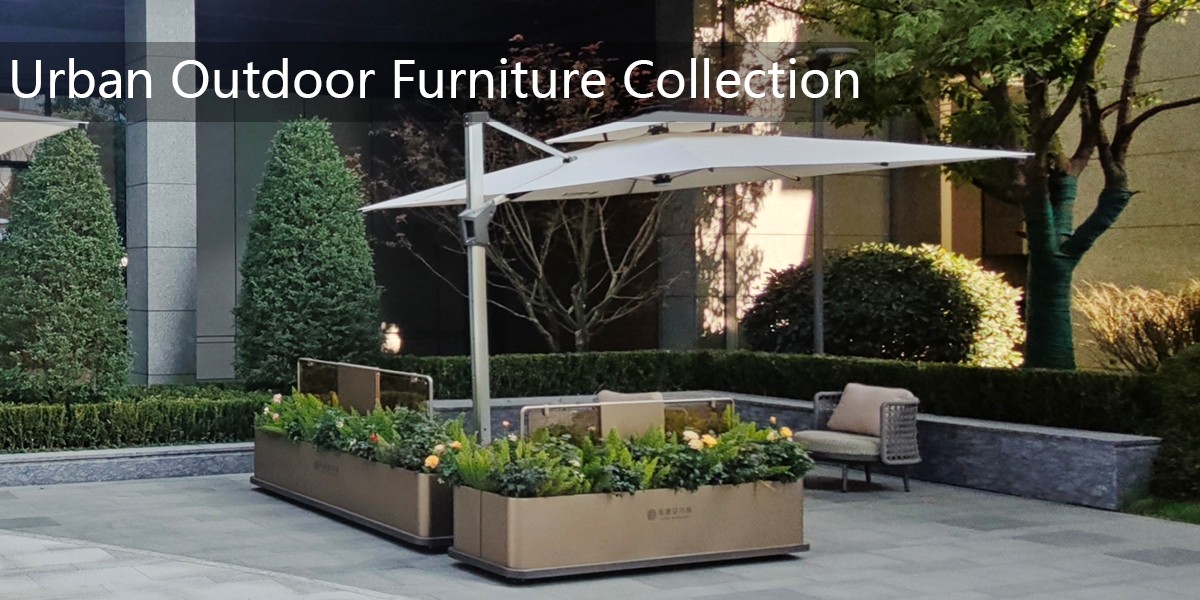Outdoor sculptures captivate audiences not only through their forms but also through their textures. Texture plays a pivotal role in transforming a static piece into a dynamic experience, engaging both sight and touch. By incorporating rough, smooth, or intricate surfaces, artists create visual depth and tactile intrigue, drawing viewers closer to interact with the artwork.
Textures can evoke emotions—rough surfaces may convey strength or age, while smooth finishes suggest elegance or modernity. Materials like bronze, stone, or wood each bring unique textural qualities, enriching the sculpture’s narrative. Additionally, weathering over time adds natural texture, blending art with its environment.
Public sculptures often use texture to withstand outdoor conditions while maintaining aesthetic appeal. Whether through deliberate carving, casting techniques, or mixed media, texture ensures these artworks remain visually compelling from afar and intimately engaging up close. By mastering texture, artists elevate outdoor sculptures into timeless landmarks that resonate with diverse audiences.


